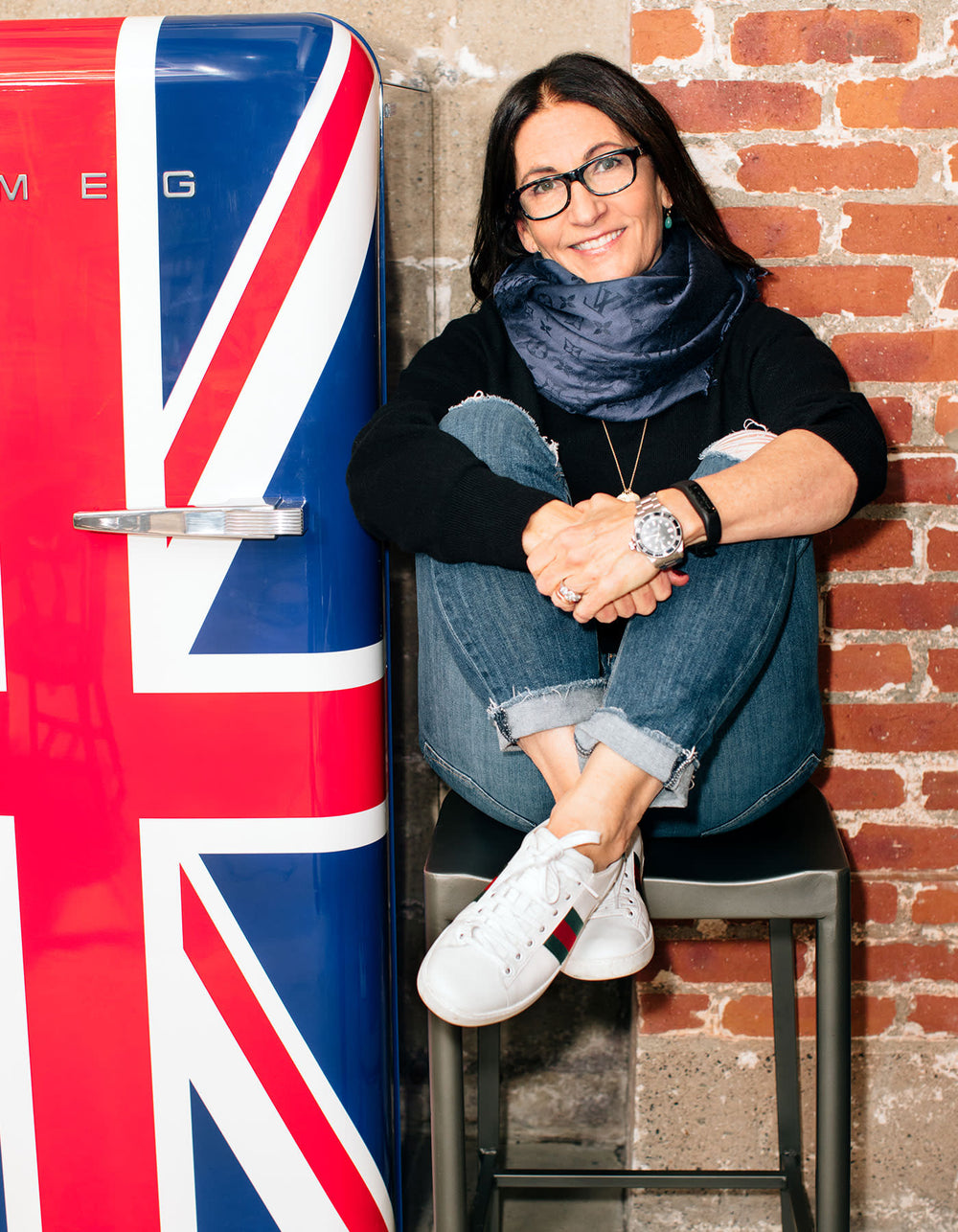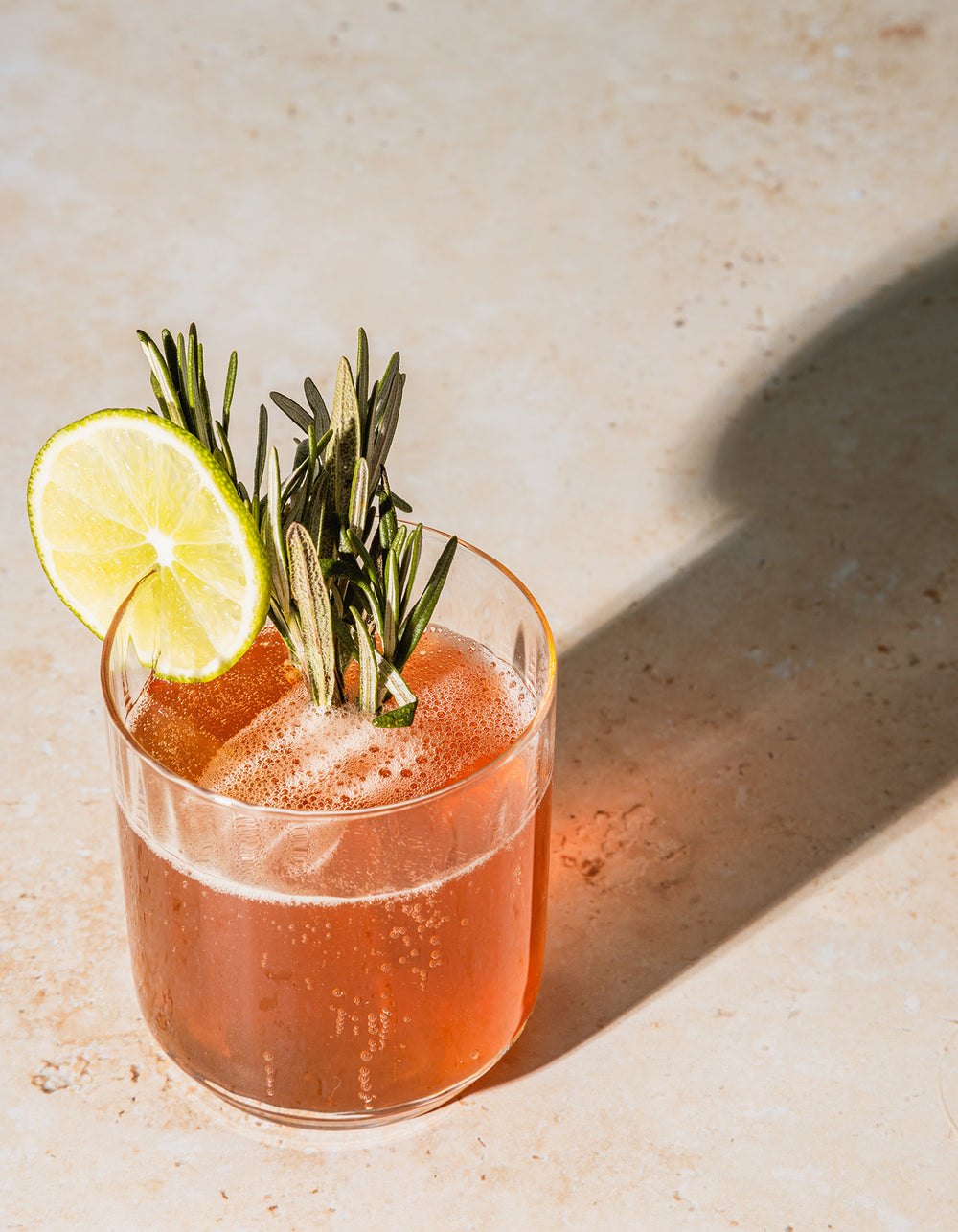Diary / Wellness / Sep 26, 2022
How to Live a High Vibrational Life
Written by: Alexandra Perron, Managing Editor

It was only a matter of time before Cindy DiPrima and Kerrilynn Pamer, the co-founders of CAP Beauty, put their wellness insights into a book. The duo has put CAP on the map as the destination for all things beauty and wellness and their new cookbook meets guide to life, High Vibrational Beauty: Recipes & Rituals for Radical Self Care, does not disappoint. Organized by seasons and including everything from mediations to popcorn recipes, this book is as much for the dedicated CAP followers as it is for those who are just dipping a toe into this wellness world.
First, I love the title of the book. I want to know, what does being High Vibrational mean?
Cindy: There is a hard science aspect to it, which is everything has a vibrational frequency. Living botanicals and lifeforms vibrate at a higher level then say, plastic. One of the reasons that we seek out natural products is that the vibrational frequency is higher and as we interact with those things, we all create a higher vibration.
Kerrilynn: It often goes back to food for us in that definition of high vibrational. Cindy has this great thing that she pointed out years ago, that the difference between a fresh peach and a canned peach is very, very deep. I think it is a super tangible way to understand that. I often say that the difference between our store and a CVS, we’re selling the same products, but it feels very, very different in there — and it’s not just because of the color of the walls. It really is because we believe what is happening there on a frequency level and on a energetic level is what people are responding to.
Cindy: The products on the shelves are full of these ingredients that vibrate higher than a synthetic made in a lab. We also see it more as a North Star, it’s a concept you take into account. It’s more about the idea of it being a checkpoint and asking, what among your choices has the highest vibration? It’s a way of directing and navigating us through the world.

What was your goal in writing and putting together this book?
Kerrilynn: It allows us, we hope, to access a larger audience that doesn’t have access to the physical space of CAP or maybe doesn’t have access to the products, but we hope the book is a democratic representation of what it is that we really believe in this lifestyle. We have books from the 60s and 70s sitting in our houses that were part of our lives growing up, so our dream is that it impacts people in a really long term way. It really is about practices to incorporate, whether you take one or you take 20, it doesn’t really matter as long as people are doing something to make themselves feel better.
Cindy: We are both big lovers and collectors of cookbooks, not only because we love to cook, but because cookbooks are kind of a window into the way people live. The way that we’ve structured the book, even the rituals, it’s something like a cookbook. You aren’t expected to practice every single one, just as with most cookbooks you aren’t expected to make every recipe in the book. You thumb through it and something might stand out to you and you might try that one.
I love the way that it is everything from skincare to cleaning your home to a taco dinner party. Everything is in there. Did you always set out for it to be that kind of mix?
Cindy: Yes, we did, it’s very CAP Beauty. It’s the way we approach stocking the shelves in the store as well. Beauty doesn’t only encompass cosmetics. Like Kerrilynn says, it’s where beauty meets beauty. We tend to think of the world beauty in the much broader sense of the world. It’s about art, family, living well, nature, and the way we take care of ourselves.
Kerrilynn: It’s more powerful when it’s multidimensional, it’s less powerful when it’s just lipstick. Lipstick is powerful too, we’re not discounting that, but we think there is exponentially more growth when you start tapping into all the different parts of it.
What has been your biggest learning since starting CAP and writing this book?
Kerrilynn: For me, I recognized that food correlated to how I looked and felt. I would eat something and my skin would reflect that. I thought of things more as elimination when I first started. Now, I think about the “addition of” instead of the “removal of.” I think, what can I add in that makes me feel good?
Cindy: I was always very intimidated by the wellness world, because I think I was terrified of going to a practitioner and hearing about the litany of all the horrible things I had been doing to myself for 30 years. I knew CAP couldn’t be like that. That is one thing we talked about a lot at the very beginning, we are not going to be a store that you walk into and hear nothing but stories about all the horrible ingredients and products in the world. There is no reason to talk about them, there is so much value in the products we sell. There is so much healing, life force energy and radiance producing goodness in all of these products that it isn’t about a compromise, these products actually just better in every way.













































 Miracle Balm
Miracle Balm
 Just Enough Tinted Moisturizer
Just Enough Tinted Moisturizer
 What The Foundation
What The Foundation


